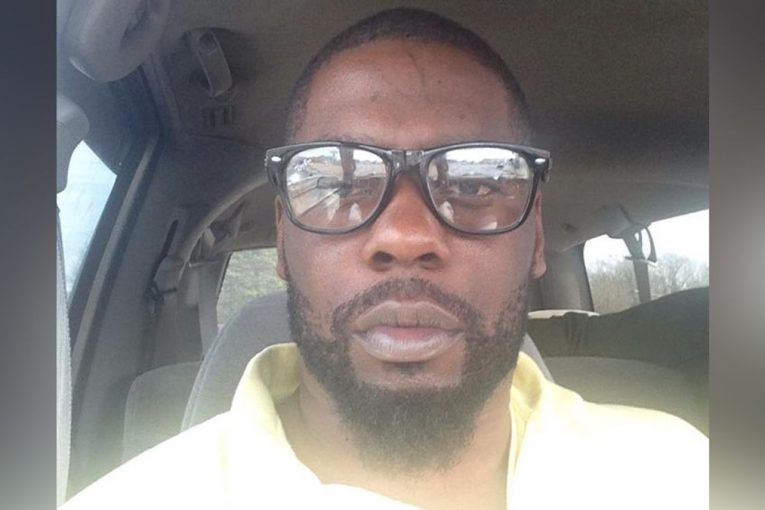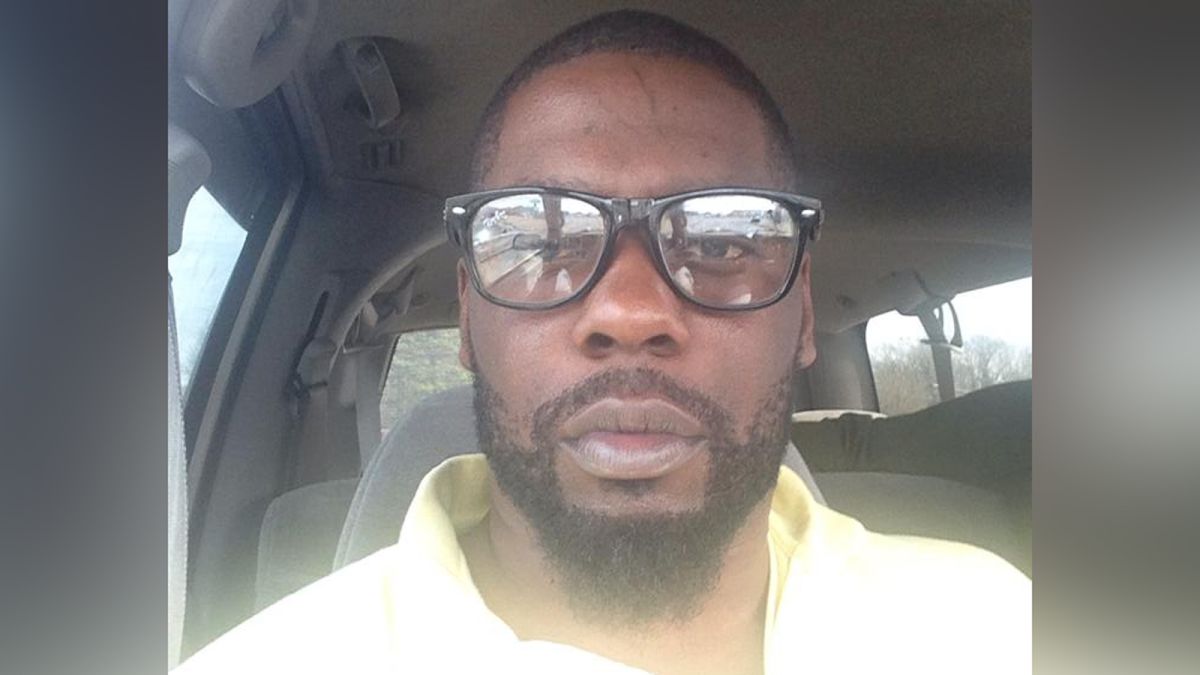

By David M. Greenwald
Last week DA Andrew Womble determined that the use of deadly force against Andrew Brown was justified and that he represented a deadly threat to officers. But a close scrutiny of the video does not bear this out.
The shooting occurred on April 21 in Elizabeth City, North Carolina, after deputies arrived to serve Brown a drug-related search and arrest warrant. DA Womble said police body-camera videos “clearly illustrate the officers who used deadly force on Andrew Brown Jr. did so reasonably” and only when their lives were in danger.
“When the officers approached Brown with their guns drawn his response was to maneuver his car and flee. Brown was undeterred by the officers yelling for him to stop, show me your hands, or by Deputy Lunsford attempting to open the driver’s door,” Womble stated.
The NY Times extensive review of the bodycam footage casts doubt on their use of force. I watched the video and concur with the NY Times analysis.
“A review of slowed-down bodycam footage by The Times shows that 13 of the 14 gunshots — including the fatal one — were fired as Mr. Brown was driving away from officers, not at them,” the NY Times  writes.
writes.
That suggests that the first shot, which missed, was likely justified, but the final 13 shots including the “kill shot” were not.
The video is pretty clear and tells the story fairly convincingly.
The police approach Brown, they issue orders which he does not comply with—that causes the situation to escalate.
As two officers approach, Brown backs up the vehicle. At this point, he grazes but does not injure an officer. At this point you could argue that the vehicle represents potentially a deadly threat—though the actual damage was minimal.
Brown then ignores repeated commands to stop the car and lurches forward, which put the officers at risk.
An officer now steps in the path of his vehicle.
As the Times reports: “The car initially moves toward the same officer who had been grazed moments earlier. This officer does not move away from the vehicle, but takes a step into Mr. Brown’s path. It’s unclear if the officer is trying to obstruct Mr. Brown’s escape, or trying to evade the car.”
But even here, it is hard to argue that Brown is attempting to threaten police. He veers sharply to avoid the officer before driving away.
The officer momentarily places his left hand on the hood of the car at the same time another officer fires a shot that Womble said “entered the front windshield” of the car and was not fatal.
The Times reports, “That contradicts a preliminary internal investigation report, which found that no bullet went through the windshield.”
However, from this point on, Brown is no longer a threat to police. Brown steers between two officers, and accelerates and drives way.
It is only at this point that three officers fire 13 more shots into the side and rear of the car. One of those shots is fatal, hitting Brown in the back of his head.
The clear implication here is that 13 of the 14 shots were shot when Brown posed absolutely no threat to the police and this wasn’t really a close call at this point.
Womble argued that Brown “drove recklessly and endangered the officers.” He also argued that “they could not simply let him go.”
But this is where legalities get complicated. Several experts strongly dispute this contention.
“The Supreme Court has never authorized the use of deadly force simply because someone is resisting arrest or fleeing,” Paul Butler, a law professor at Georgetown University and former federal prosecutor, said in an interview about the footage. He also said that “sometimes the best policing is to let the suspect go.”
Seth Stoughton, a law professor and policing expert at the University of South Carolina, questioned the officers’ actions at the time Mr. Brown was speeding away. “Deadly force is only justified while there is an imminent threat of death or great bodily harm,” he said. “Once the vehicle has driven past the officers and they are now to the side of it, or behind it, as it’s going away from them, there is no more imminent threat.”
The Times also notes the video shows that the officers actually put their colleagues, and potentially neighbors, at risk. Remember in the Breonna Taylor incident, the officer was charged because the shots went into the neighbor’s apartment, putting them at risk.
Here the Times notes, “In their line of fire was a neighbor’s house and an unmarked white police minivan.” Moreover, the white minivan was in the path of the bullets, but Womble argued “there was no danger to the officers inside.”
In fact, the Times reports that the owner of the house which was in the line of fire, said “that a bullet from the shooting entered his kitchen, and that no one was home at the time. Mr. Womble stated that one shot fired by the police was believed to have ricocheted, and hit the house.”
But of course the police had no way of knowing that no one was home, and they are firing shots at a moving vehicle in a residential neighborhood.
The bottom line from the review of the video is that 13 of the 14 shots were fired when Brown was fleeing rather than representing a deadly threat to officers and the public.
—David M. Greenwald reporting
To sign up for our new newsletter – Everyday Injustice – https://tinyurl.com/yyultcf9
Support our work – to become a sustaining at $5 – $10- $25 per month hit the link:





